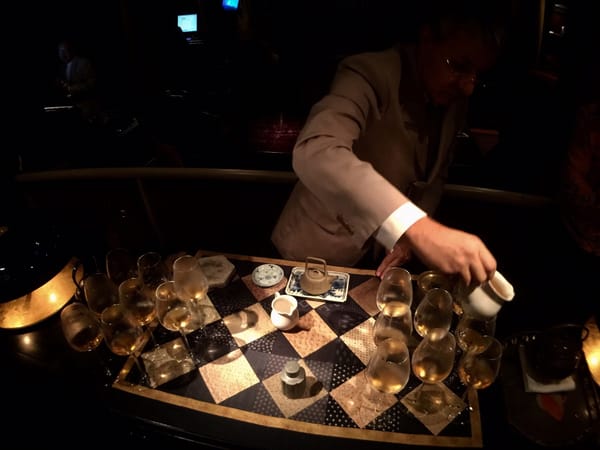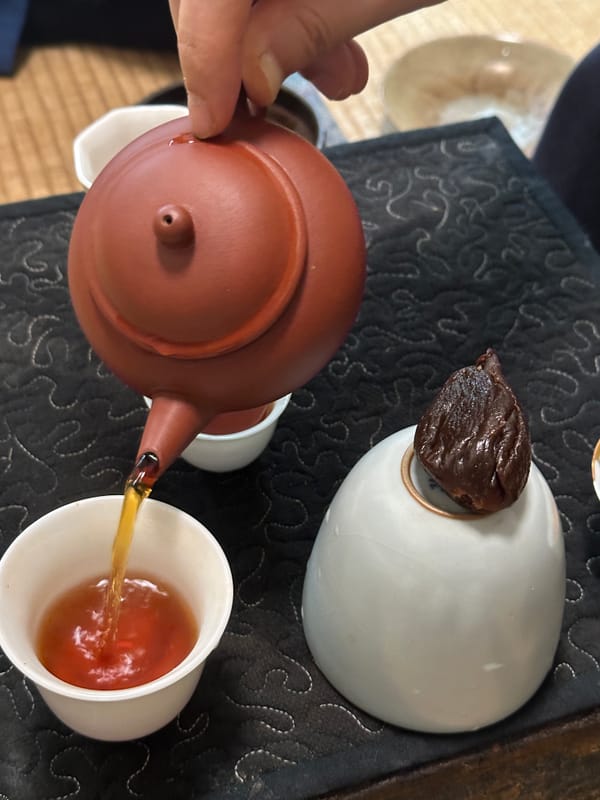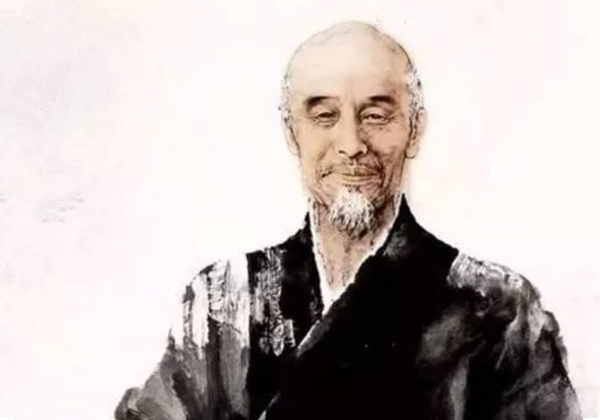Have you ever noticed a sommelier elegantly pouring golden tea into a wine glass at a fine dining restaurant? You might wonder—is it really appropriate to drink tea from a wine glass? Could it change the flavor of the tea? As tea culture begins to intersect with culinary aesthetics, wine glasses are increasingly being used to serve tea in modern settings.
In fact, using wine glasses doesn’t just create visual appeal—it opens up a new sensory dimension for tea appreciation. From Bordeaux to champagne glasses, each wine glass is designed with a specific function in mind. But what kind of “chemistry” happens when these wine glass designs meet a pot of tea?
Curious how to enhance your tea-drinking experience using wine glasses without compromising flavor? Let’s explore the core differences between glass and porcelain, plus expert techniques and tips for enjoying tea with wineware.
Material Matters: The Core Differences Between Glass and Porcelain
There are indeed fundamental differences between porcelain tea cups and glass wine glasses in terms of how they affect the tea experience—but that doesn’t mean wine glasses are unsuitable for tea.
Porcelain: The Traditional Choice
Porcelain tea cups hold a key role in traditional Chinese tea culture. Their insulating properties preserve temperature, and white porcelain specifically allows drinkers to accurately observe the color of the tea, which is essential in judging the quality and steeping level of the leaves.
Glass: A Modern Sensory Appeal
Though glass can’t quite match the thermal performance of porcelain, it offers unmatched clarity. A golden oolong tea in a transparent wine glass creates a shimmering, elegant visual—one that draws in the eye and complements the drink’s refined character. This is why many modern tea shops showcase their brews in glass vessels for maximum visual impact.
Different Functions, Different Purposes
Ultimately, the difference lies in function. Porcelain cups are designed for “tasting” tea, with an emphasis on nuance and flavor complexity. Wine glasses, on the other hand, serve the experience of “drinking” tea—bolder, more atmospheric, and visually oriented.
Choosing the Right Glass: How Wine Glass Shapes Affect Aroma
Each type of wine glass has a specific design purpose, and when repurposed for tea, it produces unique sensory effects.
White Wine & Champagne Glasses: Concentrated Aroma
These glasses feature a narrow opening that helps trap and concentrate aromas. When tea is served in them, the scent becomes more intense and focused. However, this shape may limit the expression of deeper tea notes, reducing aromatic complexity.
Bordeaux & Burgundy Glasses: Expansive Expression
With their wide bowls and open rims, Bordeaux and Burgundy glasses are ideal for letting tea aromas unfold naturally, offering a broader olfactory experience. This allows drinkers to appreciate the full range of the tea’s fragrance layers.
Handcrafted vs. Machine-Made Glasses
Hand-blown wine glasses often have better light refraction and aesthetic refinement, bringing out the tea’s natural color in a more striking way. Machine-made glasses, while consistent, may lack that visual nuance.
Brandy & Whiskey Glasses: Specialty Presentation
The robust structure of whiskey glasses and the generous curve of brandy snifters can create unique tea-drinking moments. These are particularly useful in food pairing contexts, where visual drama is welcome.
Temperature Control: The Golden Rule from 100°C to 40°C
Temperature control is critical when serving tea in wine glasses.
Steeping at the Right Heat
Tea leaves should still be steeped in 100°C water to extract full flavor and nutrients. However, glass wine glasses are not designed to withstand boiling water, so steeping should be done in a traditional teapot or heat-safe vessel.
The Perfect Timing for Pouring
Let the tea cool before transferring it to the wine glass. Be sure the glass can handle the current temperature to avoid cracking. Also, watch for condensation on the inner walls—foggy glass can ruin the visual effect.
The Ideal Drinking Temperature: 40°C
The optimal drinking temperature in a wine glass is around 40°C (104°F). At this range, the tea’s flavor profile and aroma are preserved, while ensuring a pleasant drinking experience.
Pouring Techniques: The Sommelier Moment of Teatime
Mastering the pour is a key part of the sommelier-style tea experience.
Controlling Concentration
Professional tea sommeliers understand the right steeping strength for each tea type. Light green teas may require stronger infusions to make their color pop, while rich black teas should be slightly diluted to avoid a heavy look in the glass.
Aromatic & Visual Pairing
Golden oolong teas shine brilliantly in transparent glasses. Amber-colored black teas offer a warm, velvety glow in white wine glasses. Fresh green teas appear ethereal and refined in tall champagne flutes. Choosing the right glass depends on the tea’s color and character.
Mastering the Fill Line
Unlike porcelain cups, wine glasses need to be filled more conservatively. One-third to one-half full is typically ideal—enough to showcase the tea’s hue while maintaining elegant proportions.
Table Settings: When Tea in a Wine Glass Makes Sense
Using wine glasses for tea can transform the overall dining experience.
Formal Dining Events
At formal dinners, wine glasses offer non-drinkers an elegant option that still feels premium. Different teas served in a variety of glasses provide both visual interest and individual appeal.
Business Dining
Serving tea in wine glasses during business meals shows cultural sophistication and a refined brand image—especially in alcohol-free gatherings that require clarity and professionalism.
Afternoon Teas with Flair
Pairing different teas and desserts with curated wine glasses creates an experience rivaling a cocktail hour. Guests can enjoy a feast for both the senses and the palate.
Expert Advice & Safety Tips
Key things to know when drinking tea from wine glasses:
Material Safety
Choose high-quality glassware. Avoid glasses that are too thin or cracked. Lead crystal—first invented by George Ravenscroft in 1673—is known for its clarity and brilliance, making it a luxurious choice.
Cleaning & Maintenance
Glass requires more care than porcelain. Avoid sudden temperature changes and always clean tea stains thoroughly to preserve transparency. Use professional glass cleaners to maintain brilliance and longevity.
Use Appropriately
Remember: wine glasses are more for visual enjoyment than flavor precision. Stick with porcelain for traditional tea ceremonies; reserve wine glasses for modern, atmospheric presentations.
Drinking tea from a wine glass represents a harmonious fusion of classical tea culture and contemporary aesthetics. While it may slightly alter the flavor presentation compared to porcelain, the visual allure and experiential depth it offers can elevate any tea moment. With proper technique and mindful execution, wine glasses can become a powerful asset on your tea table.





